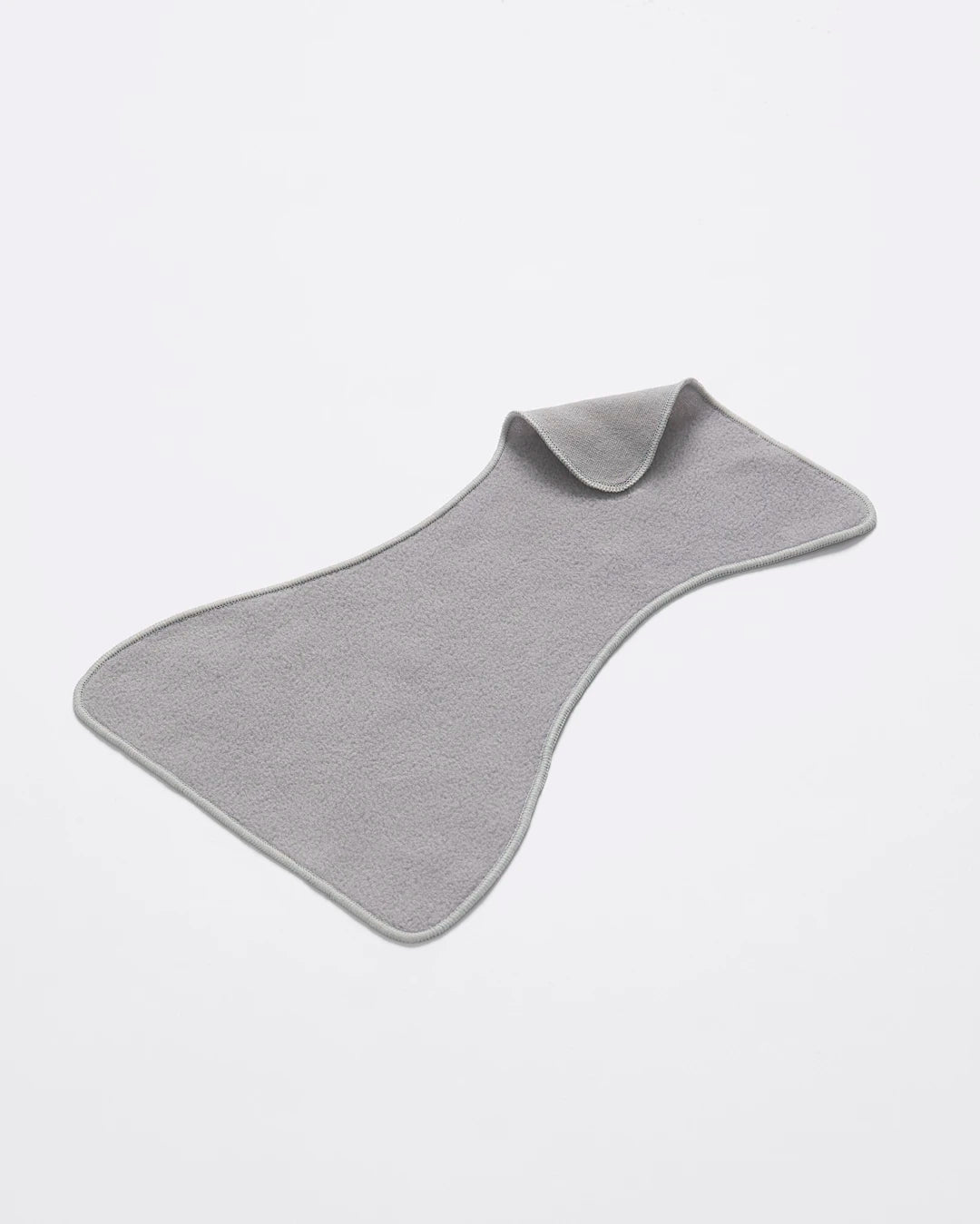Breech Presentation | Glossary of Pregnancy & Baby Term
Share Options
- Bambino Mio
- 31 / 07 / 2023
Inside this Article:
What is a breech presentation?
If your baby isn’t in the head-down position by week 36 of pregnancy then your antenatal team will consider them to be in a breech presentation (1).
Around 97% of babies have assumed the head-down, or head-first, position by the end of pregnancy, with their head in their mum’s pelvis, ready to be born. However, not all babies manage this and are lying:
- Bottom or feet first, which is the breech position
- sideways, which is the transverse position
Bottom or feet first
If your baby is still bottom or feet first at 36 weeks or later then your antenatal team will discuss with you your options for a safe delivery.
Can you turn a breech baby around?
Sometimes, yes. If your baby is still breech at 36 or 37 weeks then your doctors will offer you an external cephalic version (ECV) (2). This procedure involves an obstetrician (usually) applying manual pressure to your abdomen to turn your baby into the head-down position. It’s safe and works around 50% of the time but it can be uncomfortable for you.
Can you give birth to a breech baby?
If your ECV doesn’t work then you can discuss your further options with your midwife and obstetrician - you can have a vaginal birth or a Caesarean section (3).
If you decide to have a Caesarean section but go into labour before it’s scheduled, your obstetrician will work out if it’s safer to have a vaginal birth than a C-section. Very often, if your baby is close to being born, it’s safer for you to go ahead with a vaginal delivery.
However, in the case of a baby who’s presenting feet first, known as a footling breech (4), the Royal College of Obstetricians and Gynaecologists (ROCG) advises against a vaginal delivery.
Other reasons why a vaginal recommended may not be advised include:
- Your baby is larger or smaller than average
- They’re in a particularly awkward position, for example, if their head and neck is very tilted back
- You have placenta praevia (5), which is a low-lying placenta
- You have pre-eclampsia (6)
What happens if my baby is lying transverse?
If your baby is transverse, it means they’re lying in a sideways position. Many babies are transverse early on in pregnancy but most get into the cephalic (head-down) position in time.
Can you deliver a transverse baby vaginally?
Your team will offer you an ECV and this may work to turn your baby into the right position, but if it doesn’t work, you may need to be admitted to hospital before labour starts. This is because a transverse lie can lead to the umbilical cord coming out before your baby (cord prolapse) (7).
A cord prolapse is a medical emergency and your baby needs to be delivered immediately if it happens.
If your baby is still transverse at 37 weeks or so your team will advise you to have a scheduled Caesarean section as this is much safer for you and your baby.
Citations and References
- Royal College of Obstetricians and Gynaecologists (RCOG). ‘Breech Baby at the End of Pregnancy.’ Web. www.rcog.org.uk/for-the-public/browse-all-patient-information-leaflets/breech-baby-at-the-end-of-pregnancy-patient-information-leaflet
- National Health Service (NHS). ‘External Cephalic Version (ECV).’ 2017. Web. mft.nhs.uk/app/uploads/sites/4/2018/04/External-Cephalic-Version-ECV-October-2017.pdf
- National Health Service (NHS). ‘Health A to Z. Caesarean Section.’ 2023. Web. www.nhs.uk/conditions/caesarean-section
- National Health Service (NHS). Management of Breech ‘Presentation in Pregnancy and External Cephalic Version.’ 2020. Web. nhslguidelines.scot.nhs.uk/media/1977/breech-and-ecv-management-october-2020.pdf
- National Institutes of Health (NIH). National Library of Medicine. ‘Placenta Previa.’ 2022. www.ncbi.nlm.nih.gov/books/NBK539818
- National Health Service (MHS). ‘Health A to Z. Pre-eclampsia.’ 2021. Web. www.nhs.uk/conditions/pre-eclampsia
- Royal College of Obstetricians and Gynaecologists (RCOG). ‘Umbilical Cord Prolapse in Late Pregnancy.’ Web. www.rcog.org.uk/for-the-public/browse-all-patient-information-leaflets/umbilical-cord-prolapse-in-late-pregnancy-patient-information-leaflet




























